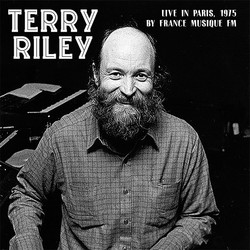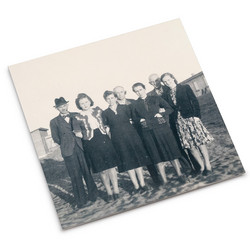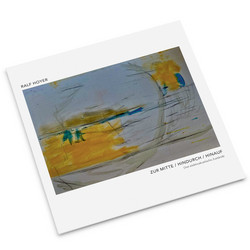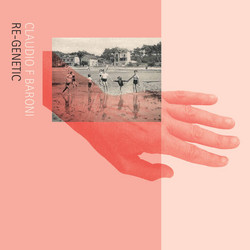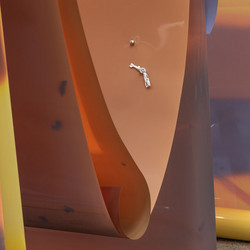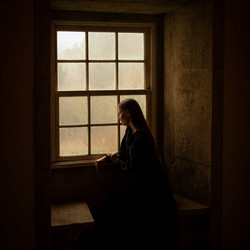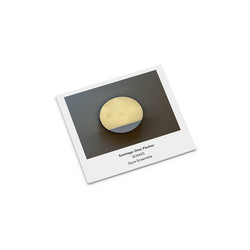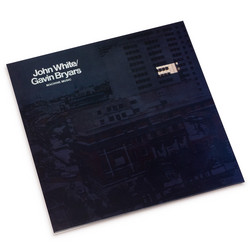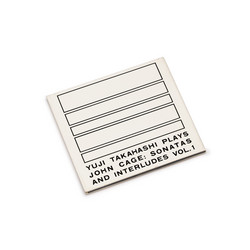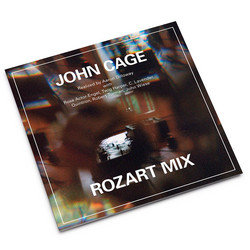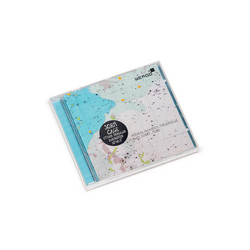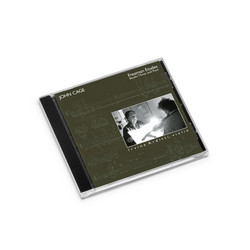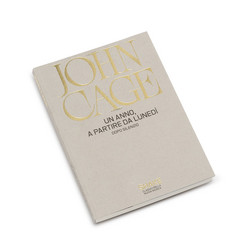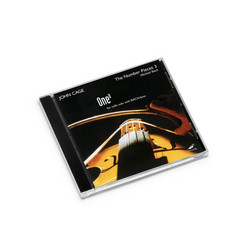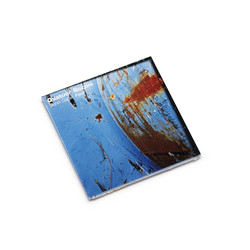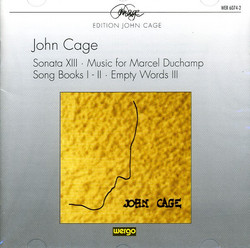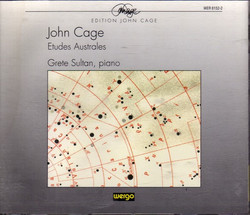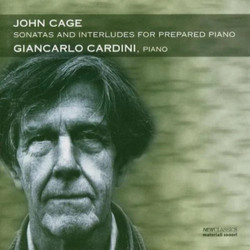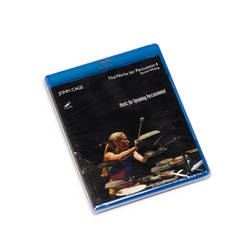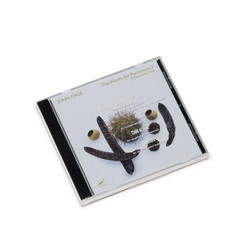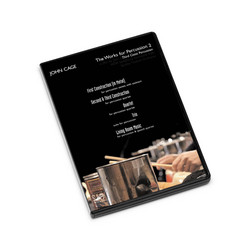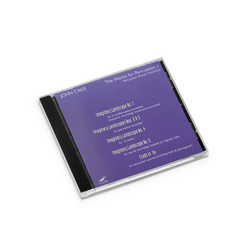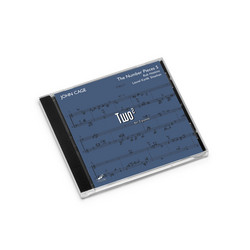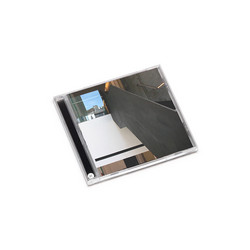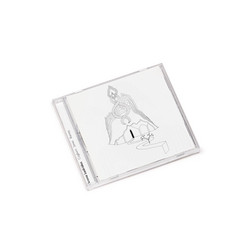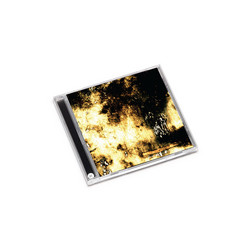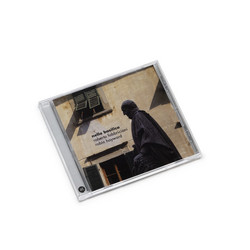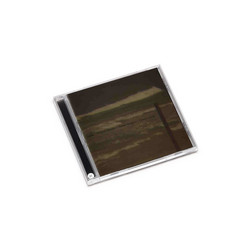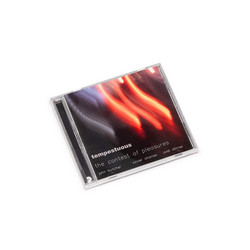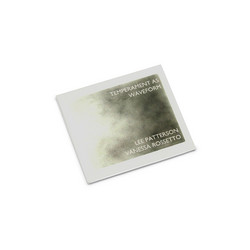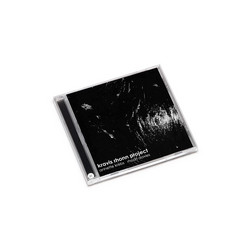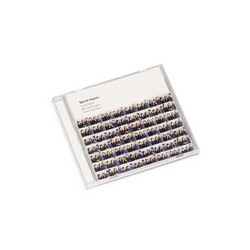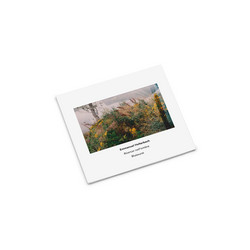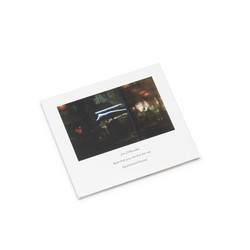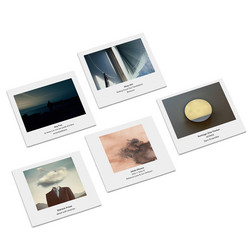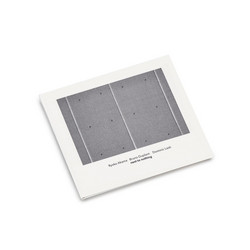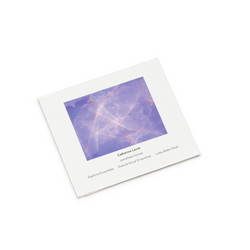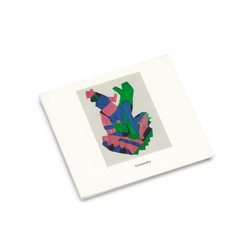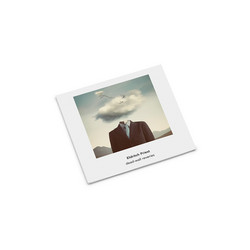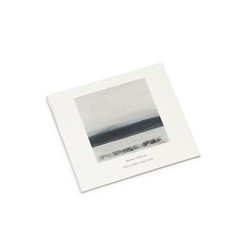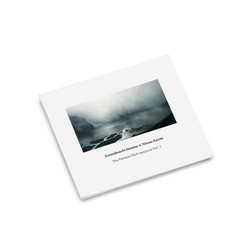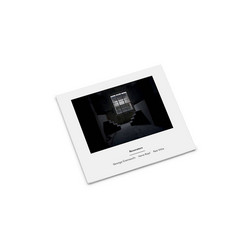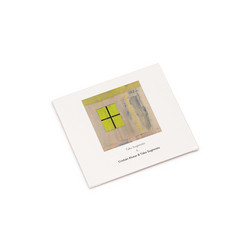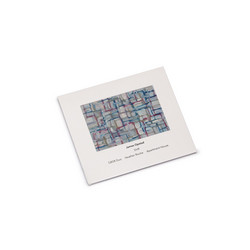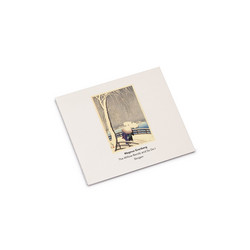Hymnkus Thoreau Drawings Two collects three singular works written by John Cage between 1974 and 1987. Apartment House provides a subtle yet focused realization, foregrounding both the sonic detail and the conceptual rigor that define these pieces. The journey begins with “Two”, the inaugural number piece, for flute and piano. The music breathes in a space defined by time brackets and performer discretion, with tones emerging and dissolving in a play of patience and luminous restraint.
“Thoreau Drawings” adapts casual sketches from Thoreau’s journal into notated grids. In this realization, sonic lines echo organic forms found in nature, with each glyph separating unique instrumental textures. Profound silences, a defining Cage motif, are animated by dawn recordings made near the composer’s home, gently turning art and environment into companions. The ensemble performs without overt expression, yet achieves a wondrous calm where musical and natural worlds briefly align. “Hymnkus”, the final and lengthiest work, unites a sextet in a pattern of repeating units, each built from concise elements that recall hymn verses and the structure of haiku. No conductor, fixed ensemble, or master score determines the interpretation. Instead, performers move independently, their paths converging and parting, creating complex mosaics of sound that shimmer and blur at every repetition. The result is a full, immersive soundscape that balances Cage’s radical openness with a keen structural intelligence.
The clarity and dedication of Apartment House transform these often challenging texts into compelling, organic experiences, affirming the ongoing relevance of Cage’s late style. Interpreting his scores as living frameworks, the ensemble maintains a delicate equilibrium between individual intuition and group cohesion. Listeners are invited to enter a meditative sound world, where every breath, silence, and repetition is a window onto Cage’s project of making space for listening itself.
Apartment House:
Anton Lukoszevieze, cello
Mira Benjamin & Gordon MacKay, violins
Kerry Yong, piano & keyboard
Gavin Morrison, alto flute
Heather Roche, clarinet
Raymond Brien, bass clarinet
Mark Knoop, piano
Kathryn Williams, flute
David Behrman, field recording

